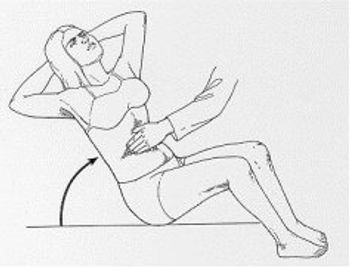Fibroids are non-cancerous (benign) growths of the muscle wall of the uterus. They are probably responsible for more unnecessary gynecologic surgery than any other condition. It is a staggering number, but about 600,000 American women have a hysterectomy every year. And about 30% of those hysterectomies, 180,000 in all, are performed because of fibroids. For many years these growths have been surgically removed, often because of fear of the problems they might cause in the future. And, those problems are often overstated. While approximately 30% of all women will have fibroids during their lifetimes, the vast majority of these women will never have symptoms and will never require treatment. And, for the rare patient that does have problems, there are a number of sound and effective options available. Hysterectomy should be the solution of last resort.


